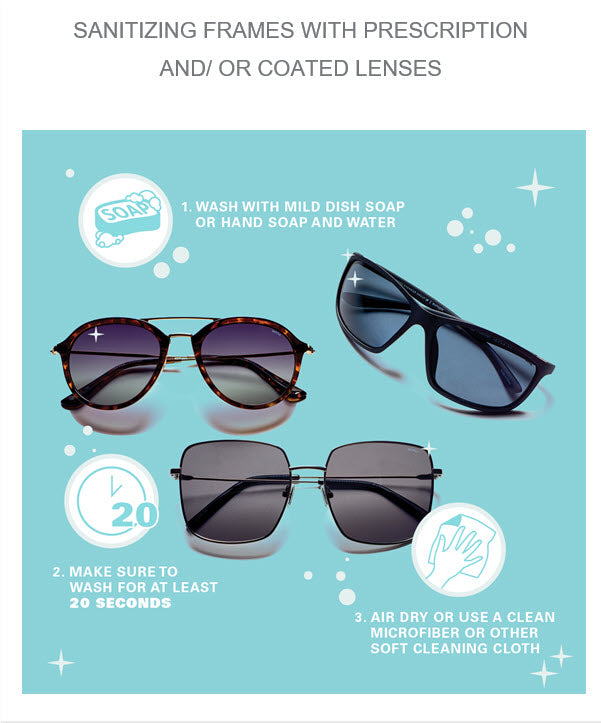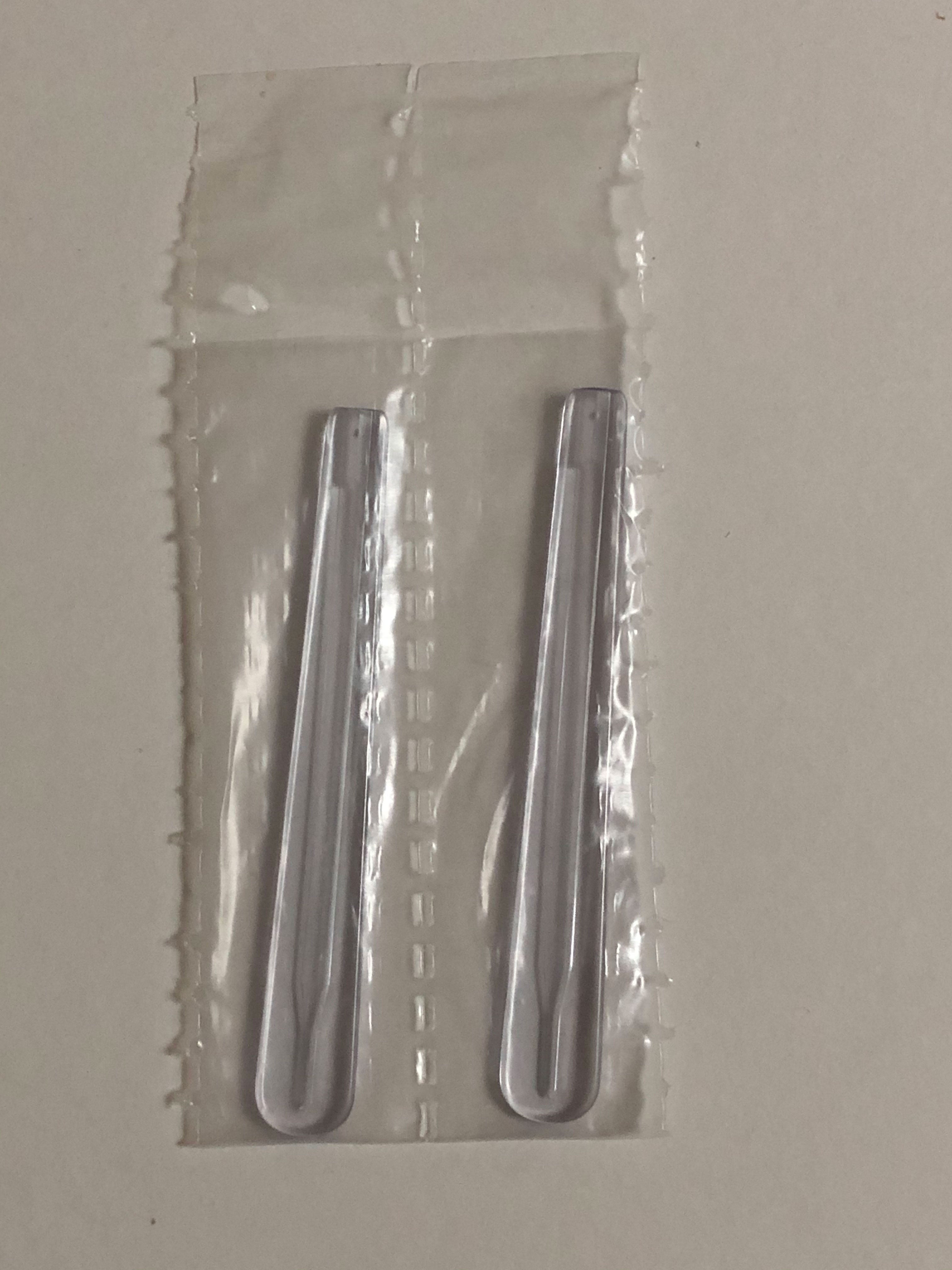How To Order Your Prescription Aviator Sunglasses Online
Prescription Sunglasses
As a pilot good vision is essential for safely operating an aircraft.
Over time my vision has changed from 20/20 and I have required prescription glasses and sunglasses to fly.
Originally I ordered my prescription lenses and frame through my eye doctor, but over time I discovered some online resources like Hidalgos where I could order my glasses and sunglasses online.
But ordering prescription aviator sunglasses online can sometimes be difficult and confusing.
For example, there are different lens materials you can choose from.
The choice of lens materials will impact lens tint, eye protection, durability and impact protection.
The lens material will also affect options such as scratch resistant or anti-reflective coatings.
Where To Start
The first thing you need is a current eyewear prescription that is less than one (1) year old and that includes your PD (Pupilary Distance) numbers.
Get your eyes examined and make sure the optometrist gives you your prescription.
By law optometrists can not refuse to give your prescription to you nor insist that you purchase your glasses or sunglasses from them.
In 1980 the Federal Trade Commission passed the Prescription Release Rule which is law.
The law requires eye doctors (both optometrists and opthalmologists) to give patieds a copy of their eyeglass prescription at the end of an eye exam.
You Have Your Prescription

If you prescription does not have you PD number on it not to worry.
Pupillary Distance (PD)
Pupillary Distance is the distance between the center of your pupils (the black dots in the middle of your eyes).
An accurate PD measurement is critical if you are getting progressive lenses.
PD is also important because it tells the lens provider where the center of your vision is.
If you dont' have your PD numbers on your prescription not to worry.
You can measure your PD yourself easily. Just follow the instructions at How To Measure Your PD.
Single Vision Lenses
The most common lenses are single vision lenses that have the same optical focal point or correction over the entire area of the lens.
Single vision lenses correct for only one distance - far or near but not both.
If they correct for far distance then the person's eyes must be able quickly adjust to read and see objects close up without correction. This is
Bi-Focal Lenses
Bi-focal lenses correct for both far and near distances, and they contain two lens powers which are typically separated by a thin line running horizontally across the lens.
Because the human eye must change focus from distance to close up in 350 milliseconds or less in order to see things clearly up close they may need a separate pair of single vision glasses for near distances, or else use a bi-focal lens.
Progressive Lenses
Progressive lenses will allow you to enjoy bifocal vision without the bifocal line look.
These progressive lenses help increase edge-to-edge clarity and offer a full range of vision correction, from up-close objects to those in the distance.
With progressive lenses there is no taking off one pair of glasses to put on another and no peering over the bifocals as your grandmother may have done.
But progressive lenses require a great deal more accuracy in the prescription and are much more difficult to order online.
Lens Material
The most common lens materials are glass and plastic.
Glass lenses are very scratch resistant but they tend to be heavy because of the way prescriptions are ground on the lenses.
Plastic lenses are much lighter, but are more prone to scratching than glass lenses.
In recent years the use of CR-39 scratch resistant lenses has become very popular.
CR-39 lenses provide good optical clarity and are easy to tint. They can also have scratch resistant, UV protection and anti-glare coatings to improve the performance of the lenses.
CR-39 lenses are also the most affordable lenses available today.
Lens Tint
Today there are many lens tints available to you.
For the best result you will want a lens tint that allows 12-18% of visible light through to reach your eye.
There are three basic lens tints for sunglasses:
- Dark Gray (Neutral Gray) Lenses;
- American Gray G-15 (AGX or Slight Green Tint);
- Kontraster B-15 (Tan or Brown).

Neutral Gray Lenses
Neutral gray will have a visible light transmission level of approximately 16% - 18%.
In other words, the lens will allow approximately 16% of visible light to pass through the lens and reach your eyes.
This should be dark enough to handle most glare.
The advantage of neutral gray lenses is that they provide absolute true color reception.
Time tested by U.S. Military Pilots and NASA Astronauts, neutral gray lenses allow all colors to come through naturally without any color distortion resulting in hours of comfort.
The neutral gray lens tint is ideal for driving, flying airplanes and everyday use.
AGX (American Gray G-15) Lenses
The American Gray lenses have a slight green tint which selectively filters the color spectrum to make the color transmittance curve of the lens closely resemble the curve of the eye.
The eye's focusing system is largely keyed to the green wavelengths of the visual spectrum.
Therefore, by adding a slight green tint to the lens your vision stays sharp longer, eye fatigue is eliminated and contrast is improved.
Sunglasses with these lenses are excellent for driving, flying and bright glare reduction.
Tan (Kontraster B-15) Lenses
The Tan lens tint works exceptionally well for anyone who needs eye protection and enhanced contrast on fog, snow, haze or overcast days.
Tan lenses will cut off the transmittance of scattered blue light increasing contrast and visual acuity.
Sometimes sunglasses with tan or yellow lenses are called "Blue Blockers" because the eliminate scattered blue light and increase contrast for improved visual acuity in fog, snow or low light days.
We recommend pilots carry two (2) pairs of sunglasses with them at all times, one pair with neutral gray lenses and one pair with tan lenses.
Polarized Lenses
Polarized lenses may help eliminate a little more glare by getting rid of some of the reflected glare off water or other shiny flat surfaces, but there are disadvantages to polarized lenses as well.
The disadvantage of polarized lenses is that they can block out LCD (Liquid Crystal Displays) that are common in automobile speedometers, moving map displays and radios.
Most sunglasses with photochromic lenses don't work in cars and airplanes because the glass windshield blocks the uv rays which cause the lenses to darken when struck with them.
However, Serengeti sunglasses with Drivers Gradient lenses will work in cars.
Serengeti amber colored Drivers lenses enhance colors, contrast while lightening and darkening for optimal light transmission in any driving condition.
They also are abley to relax eye muscles reduces eye stress and eye fatigue.
Decide On The Frame You Want
The last item you will need to choose is the frame that you want your new prescription lenses in.
If you already have a frame you like putting the new prescription lenses in them is no problem at all.
But if you need a new frame we have a selection right here in our store:
Order Your Prescription Sunglasses
Now that you are armed with all of the information you need the last step is to order your prescription aviator sunglasses through Aviator-Sunglasses.net.That's all there is to it! In 2-3 weeks you will receive your prescription aviator sunglasses.
Important Note
Prescription lenses are made to your order and therefore do NOT come with our no hassle 100% money back guarantee!"
If you have any questions don't hesitate to call us at 1 (866) 440-2461.


ps: Please share "How To Order Your Prescription Aviator Sunglasses Online" with your friends on Facebook and Twitter.




Leave a comment
This site is protected by hCaptcha and the hCaptcha Privacy Policy and Terms of Service apply.